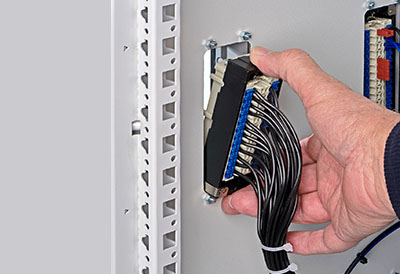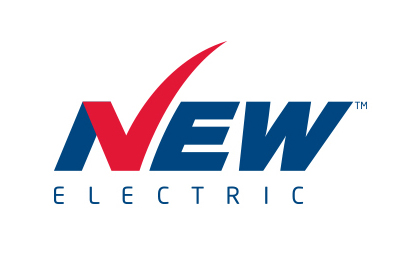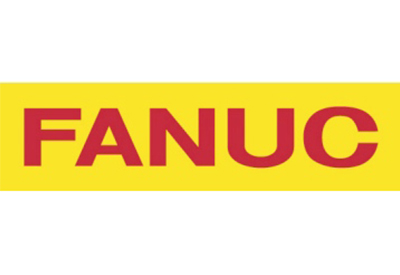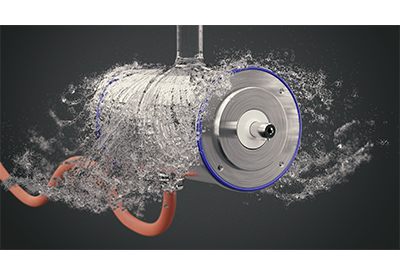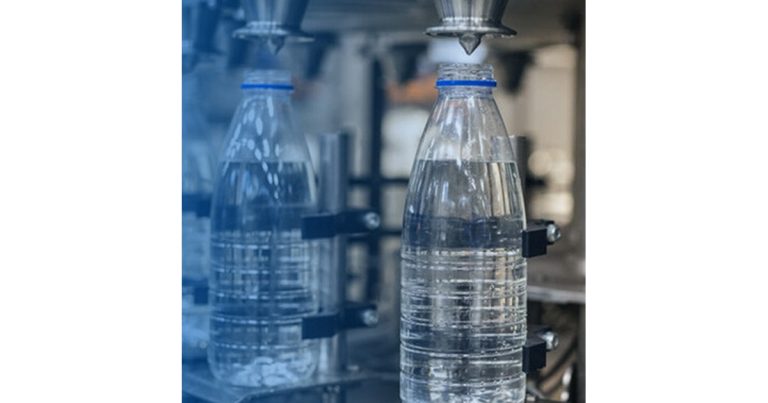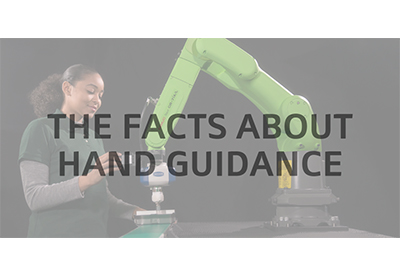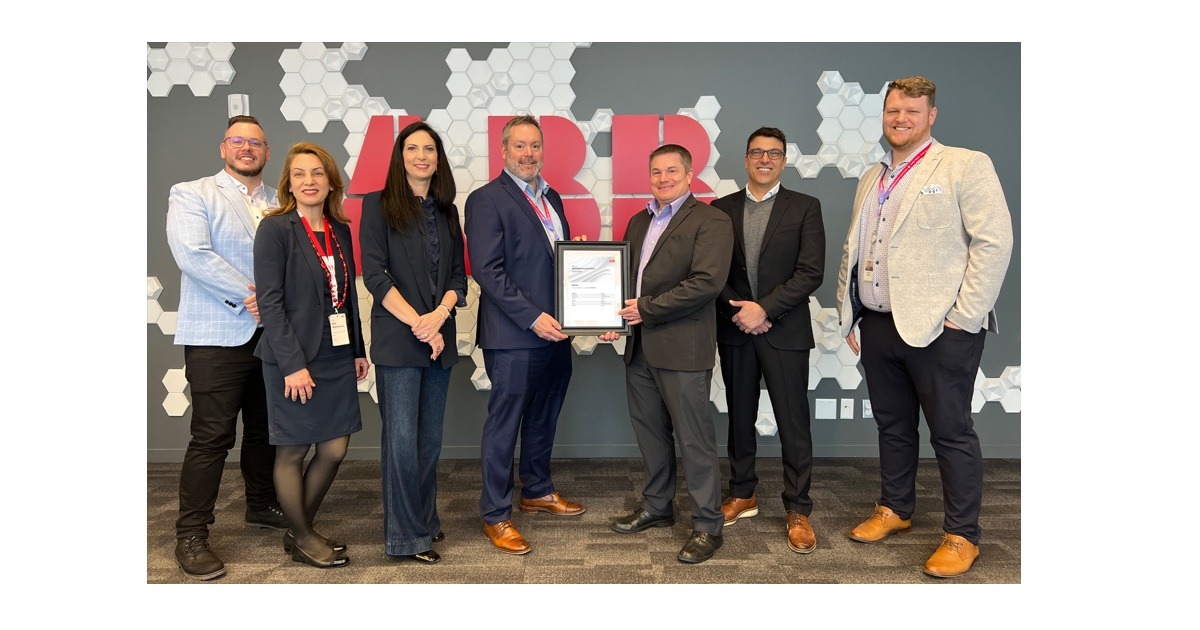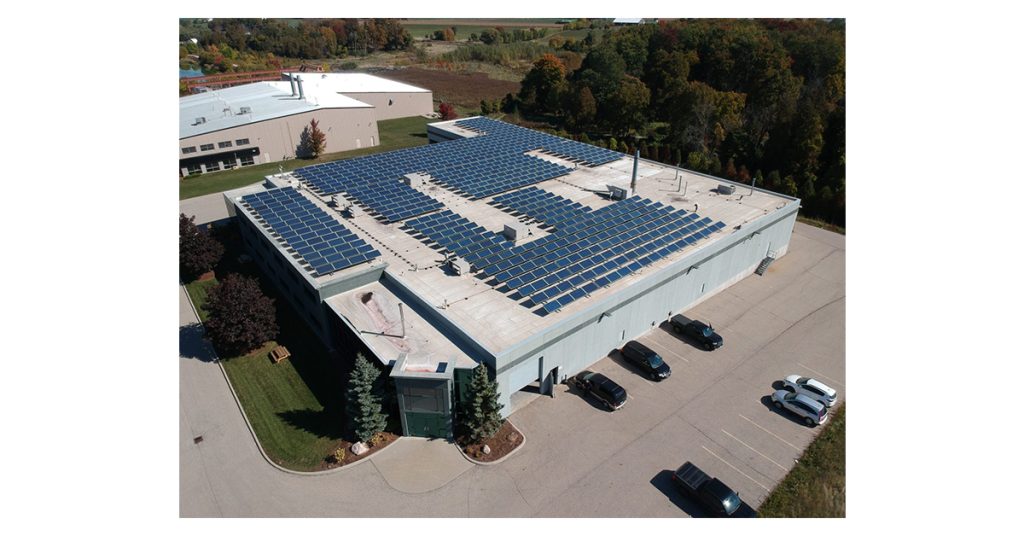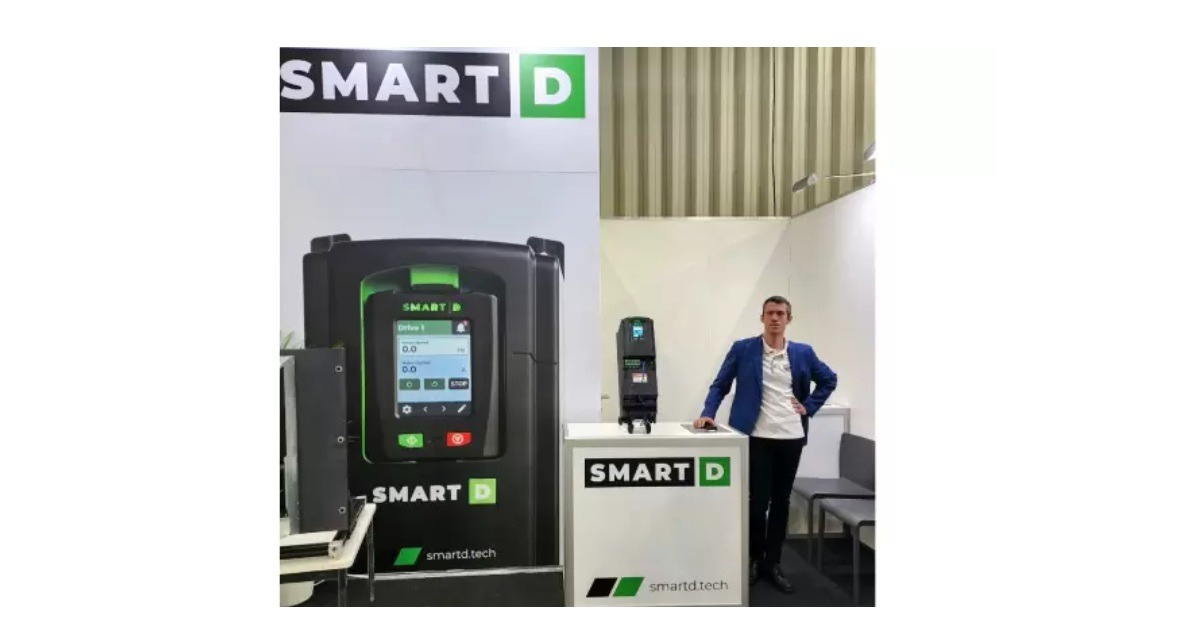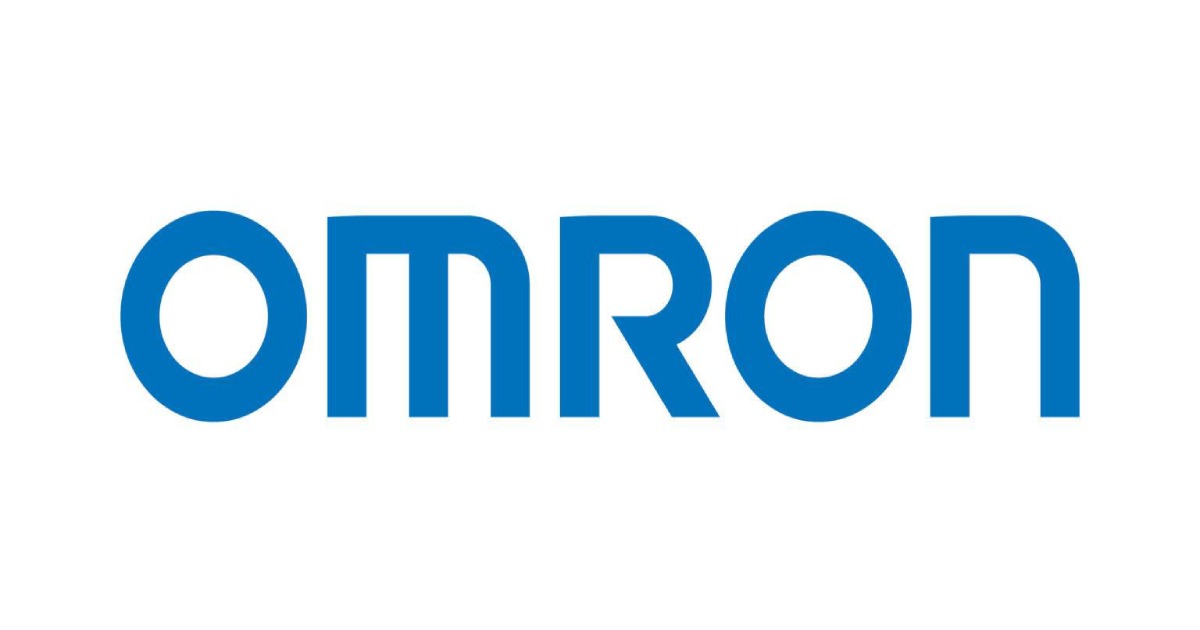One communication standard for all OPC UA for AutoID devices on success course

July 31, 2019
In cooperation with the OPC Foundation, AIM-D launched a new communication standard for AutoID devices in 2016. At the last SPC IPC Drives in Nuremberg, it became clear that this standard is being embraced by many device manufacturers across the entire AutoID spectrum. What’s more, customer demand for OPC UA as the communication standard in the industry is also consistently rising.
In 2014, the AIM System Integration working group – motivated by Siemens and HARTING – decided to define a new, forward-looking, technology-independent and manufacturer-independent communication standard for the AutoID industry. Until now, many devices communicated via proprietary interfaces, and there were often various communication standards for various technologies. In other words, regardless of whether it was via barcode or UHF RFID had an impact on the programming of the communication interface of the software to be connected. These circumstances evolved historically.
AutoID the technological base for Industry 4.0
Containers, printed circuit boards, car bodies, hospital beds and much more – today these can all be automatically identified thanks to AutoID technology. This is generally something that happens entirely passively and without maintenance work on the object, making the technology essential in the driving forward of automation in general! With UHF RFID (also known as RAIN RFID), the object itself has a memory. Information like the date of manufacturing and the firmware version of a printed circuit board can be saved directly on the printed circuit board in this example. There is no need for a power supply, accessibility is wireless and updates can be implemented easily.
Today, AutoID technology is a self-explanatory tool for implementing an overall solution, e.g. an automatically functioning warehousing logistics centre. Communication barriers are unwanted! The AutoID technology used for which purpose should also be decided on the basis of the application and not by the communication interface of the AutoID device. Classic communication structures – keyword automation pyramid – are also broken open. Today, an RFID Reader communicates directly with an ERP system and with a control unit on the production line.
Motivated by these ideas and requirements, the AIM working group decided to define a communication interface based on OPC UA. OPC UA is one of the standards for implementing state-of-the-art communication architectures and is also being listed in the RAMI specifications for Industry 4.0 by the government. Moreover, OPC UA is already supported by many control units and software systems. Communication with Automobilhersteller (the Automation Initiative of the German Automotive Industry) together with the VDMA Verband Deutscher Maschinen- und Anlagenbauer (Mechanical Engineering Industry Association) and in cooperation with the OPC Foundation held an OPC UA information day for car manufacturers at Volkswagen in Wolfsburg. This also shows that users of the AutoID technology are demanding OPC UA.
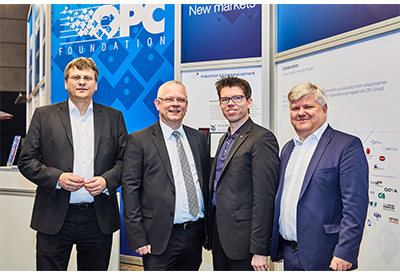 One for all
One for all
Meanwhile, the OPC Unified Architecture for AutoID Companion Specification published in 2016 has been integrated into devices by many AutoID manufacturers. As was evident at the OPC Foundation trade fair stand at the SPS IPC Drives in November 2018, barcode, HF and UHF devices are now available with an OPC UA interface. Many different AutoID technologies but one common communication standard! Standard, secure data communication with various devices from different manufacturers is now a reality – and it is based on OPC UA, the future-proof communication standard in the automation industry.
Of course, AutoID devices continue to differ depending on the manufacturer, with all devices having sufficient differentiation options. Only the data exchange is standard across all of them, something that simplifies the integration of AutoID technology. The “inbuilt security”, if used correctly, increases the security of communication, which is accelerating the expansion of automation to Industry 4.0.
However, the work of the System Integration working group did not come to a stop in 2016. The participants continue to work on extending and improving the interface specification. Their tasks here are multi-faceted. A core issue is the simplification of the interface for – from the AutoID perspective – simpler application scenarios. The purpose here is to accelerate implementation and interface integration and remove unnecessary obstacles. Thus, simple scanning of an individual object via variables alone is possible in the newest version. Function calls are no longer required and implementation work is reduced to a minimum.
Another important topic is the integration of sensor data. The RAIN RFID technology, in particular, is increasingly being used to transfer sensor values. This enables an object to be uniquely identified, additional data to be read out and written and the current status of the object to be queried. Information on whether the drive is too hot, the body is wet or the container is locked can be directly requested. There is often no need for a battery even – i.e. passively and without additional maintenance work.
The individual technologies are merging more and more here and classic sensors and AutoID are growing together.
AIM Deutschland also looked at this aspect in 2018 in an additional working group “RFID & Sensors”. The results and recommendations of this working group are, needless to say, being taken into account in the extension of the OPC UA-based interface. There is also an international exchange on the RAIN or AIM North America Association.
The Hannover Messe 2019 saw the introduction of the latest release of the OPC Unified Architecture for AutoID Companion Specification from AIM Deutschland in cooperation with the OPC Foundation. Initial results of the work packages discussed the machine and with the database system in the Cloud is thus simple to implement. OPC UA is the communication standard of the automation industry. There is virtually no provider for this industry and virtually no machine manufacturer that does not already offer an OPC UA interface today.
Thanks to the object-oriented structure, OPC UA was highly suited to the development of a common communication standard for the various AutoID technologies. Commonalities – like a scan method for simple detection of an ID – can thus be defined in higher-level classes. Specific characteristics can be implemented in classes derived from these for the individual AutoID technologies. Thanks to this mechanism and on the basis of the standard, manufacturer-specific updates can be performed without affecting the common basic functionality.
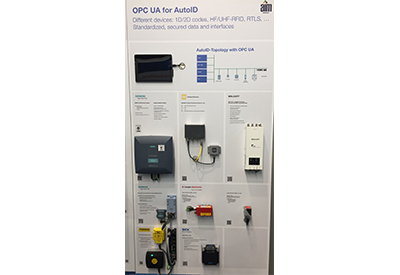 Integrated security
Integrated security
Communication security is another important issue. Isolated communication systems are becoming increasingly rare in production and logistics also. As already explained, the vertical and horizontal integration of AutoID systems is crucial to be able to develop an overall solution. OPC UA already offers diverse integrated security mechanisms and this was also investigated by the Bundesamt für Sicherheit in der Informationstechnik (BSI) – the Federal Office for Information Security. The BSI confirmed that OPC UA already offers integral mechanisms for implementing secure data communication. According to the BSI: “OPC UA was developed taking security aspects into account and does not have any systematic security gaps”.
For AutoID systems, this aspect should not be disregarded. Ultimately, complete machines and processes work more or less autonomously on the basis of the data communicated by the AutoID system.
The topic of security – not just from the perspectives of communication with the control unit or computer system – was rated as important by the members of the AIM association. For this reason, AIM Deutschland founded its own working group “AutoID & Security” in 2018. This working group issues recommendations on how to securely use the AutoID technology. Further information on this working group can be found at www.aim-d.de.
In 2016, AIM Deutschland introduced the new OPC Unified Architecture for AutoID Companion Specification at the Hannover Messe. The first RAIN RFID devices launched on the market by Siemens and HARTING were presented in a demo application at the trade fair stand of the OPC Foundation. Direct communication, e.g. to the Microsoft Azure Cloud, is not a problem. The interface specification is available free of charge upon request from info@aim-d.de. The interface can thus be directly integrated by all control units and backend systems.
OPC UA has become even more important since 2016. The Volkswagen Group’s membership of the OPC Foundation in 2018 is testament to the importance placed on OPC UA by one of the key industries in Germany and Europe, the automotive industry. On 21st May 2019, the AIDA Automatisierungsinitiative Deutscher above have already been included here. The System Integration working group is naturally also active beyond the Hannover Messe 2019 in cooperation with the OPC Foundation. For questions on the working groups or the AIM Association, contact info@aim-d.de.

